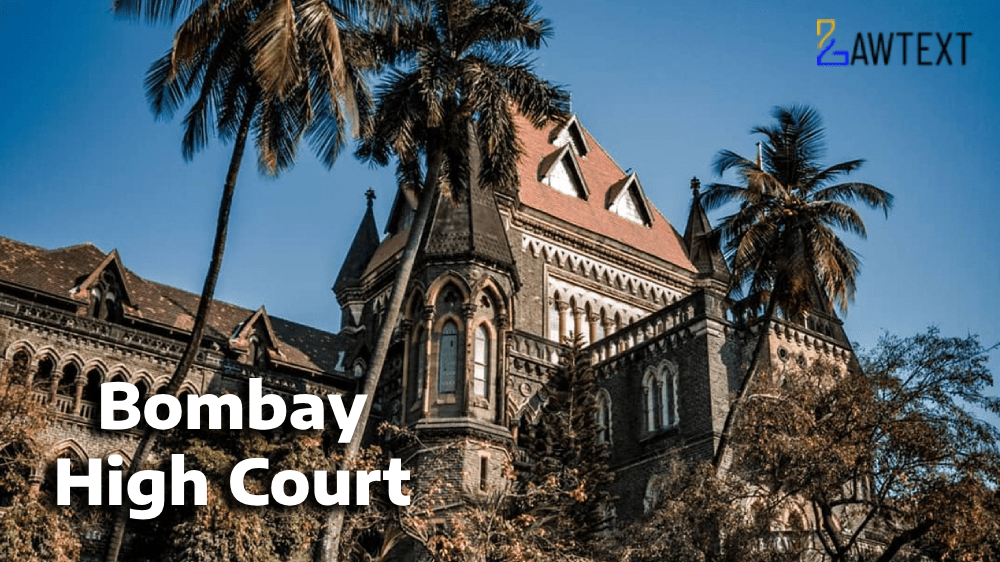

The Full Bench addressed whether a Trial Court, under Section 9-A of the Code of Civil Procedure, 1908 (CPC), can frame an issue that disposes of a suit or cause of action in part. The background involves a suit where the plaintiffs challenged a sale deed and sought a permanent injunction. Defendants requested to frame a preliminary issue on limitation. The Trial Court did so, but the plaintiffs contested this order. The Single Judge, disagreeing with a prior Division Bench decision, referred the question to the Full Bench. The Full Bench concluded that under Section 9-A, the Trial Court cannot frame an issue that disposes of a suit or cause of action in part; it must address the entire suit.
Question of Law: Whether the Trial Court, under Section 9-A of the CPC, can frame an issue that disposes of a suit or cause of action in part.
Facts:
The Single Judge disagreed with the Division Bench's view in Ferani Hotels Private Limited Vs. Nusli Nevile Wadia & Ors., which allowed for partial dismissal of a suit under Section 9-A. The Chief Justice referred the question to the Full Bench.
Petitioners' Argument:
Defendants' Argument:
Clause (3) of the Repealing Act: Preliminary issues framed under Section 9-A pending commencement of the 2018 Amendment are to be decided under Order XIV of the CPC.
Supreme Court Decision in Nusli Neville Wadia Vs. Ivory Properties: Clarified that the repeal did not change the legal scenario of deciding preliminary issues under Section 9-A.
Historical Context:
Amendments and Re-introductions:
Key Points:
Final Answer: The Trial Court, under Section 9-A of the CPC, is not competent to frame an issue that disposes of the suit or cause of action in part. The matter is sent back to the Single Judge for a decision in accordance with this ruling.
Citation: 2024 LawText (BOM) (7) 184
Case Number: WRIT PETITION NO.6769 OF 2011
Date of Decision: 2024-07-18
Case Title: Govinda Goga Donde Ors. Versus Mayur Ramesh Bora Ors
Before Judge: REVATI MOHITE DERE, AMIT BORKAR, & GAURI GODSE, JJ.
Advocate(s): Mr. Sugandh B. Deshmukh a/w Ms. Karishma Shinde a/w Mr. Vaibhav Thore, for Petitioners. Mr. Surel S. Shah, for Respondent Nos.1 to 3.
Appellant: Govinda Goga Donde Ors.
Respondent: Mayur Ramesh Bora Ors